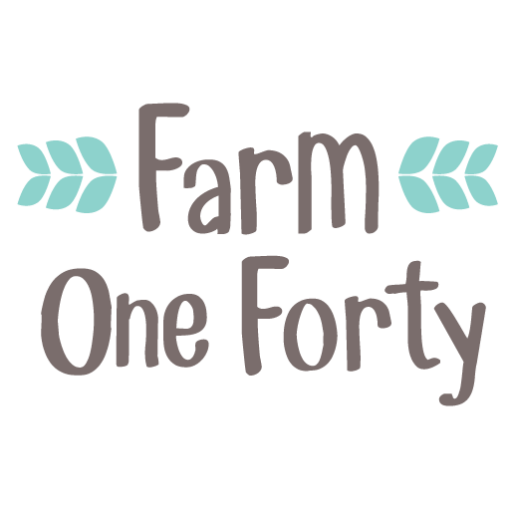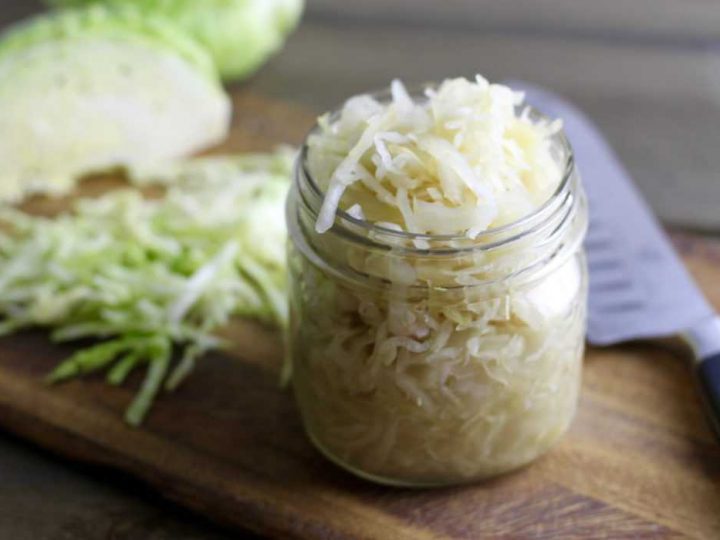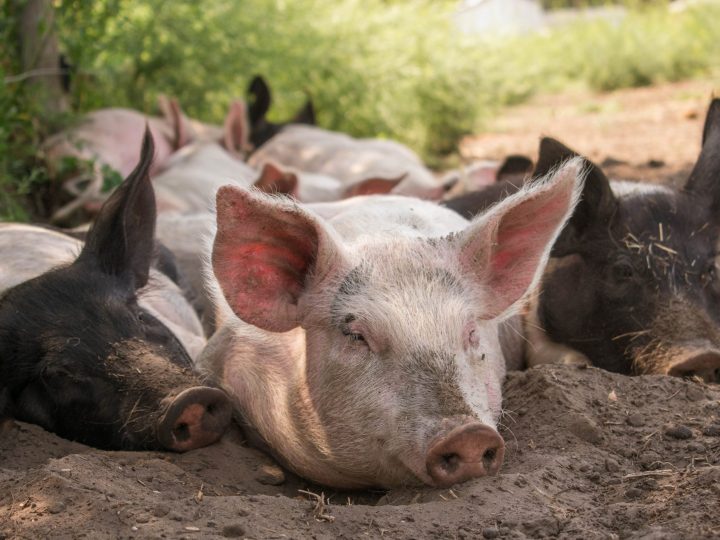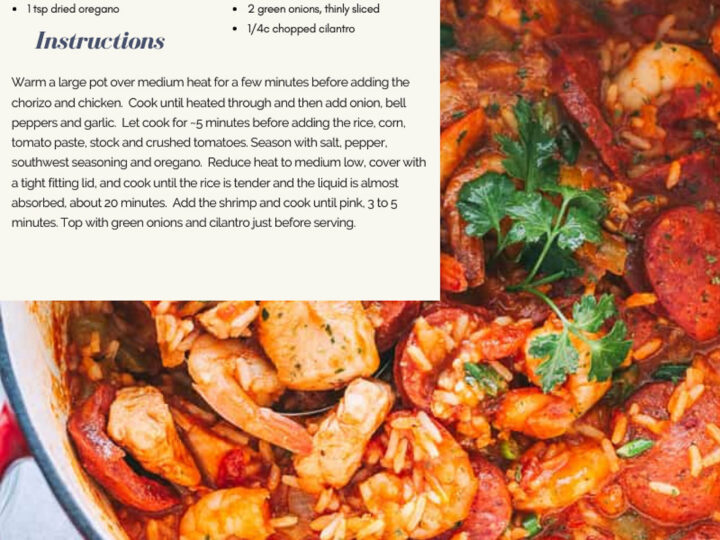
As a farmer one of the most important tools in my toolbox is observation. When I go about my days I am always looking, feeling, smelling, listening for clues. Nature is the greatest teacher and if you pay attention it will show you the answers to the questions you might be asking.
Looking at my animals individually gives me clues about their state of health, feeling the dirt in my garden lets me know if the soil health is on track, looking at the plants and the ground while I walk through the pasture tells me where the grasses are at and whether my stocking density is correct. Observing what wants to grow where tells me how I should plant things next year. Hearing the cranes flying overhead signals to me that fall is here and it’s time to harvest the tomatoes and think about planting garlic soon. If I do my daily chores with ear buds in or staring at the screen of my phone every few minutes I will likely miss these important messages.
Your climate, soil type, community and skill set should all be factors pointing you in the right direction.
An important thing to ponder is what does the ecosystem that I live in produce naturally or with the least amount of effort?
Examples of this:
- When the sandy light soil where I live is tilled and left bare it is difficult for plants to get established. The soil blows away and rainwater has difficulty infiltrating into the ground, this is why I avoid tilling at all costs and use huge amounts of mulch in the garden to retain moisture, stabilize soil temperature and act as an anchor for the soil.
- Prairie grasses are the most resilient and drought tolerant plants that grow naturally here, this tells me that most of my property should be left to deep rooted prairie grasses. This is why I primarily focus on raising herbivores to keep those grasslands healthy and well utilized.
Another example:
- Where I had snow fence set up and large snow drifts collected, the winter seeded garlic got off to a several week head start in the spring and grew much faster than the garlic that didn’t have the snow insulation and spring water source.
- Sunflowers self seed all over my garden and along with corn require a decent amount of human energy to dig out in the fall but are quite a lot easier to dig out in the springtime.
- Wild birds eat the sunflowers out of the heads all winter as they stand high out of the snow for easy access.
- This has led me to the system of planting corn and sunflowers to shield my gardens from the prevailing winds and leave them in all winter to act as a biodegradable “snow fence” to collect snow and to feed wild birds. I will take these out more easily in the springtime.
There are countless other things that this land has taught me that no book or YouTube video ever could. I’m sure you’ve got many examples of your own.
The flip side of this, if we don’t take the time to observe, farming will feel like an uphill battle. As the saying goes, “You will spend your days either trying to kill things that want to grow or trying to keep something alive that is trying to die”.
Comments (0)
Leave a reply
You must be logged in to post a comment.




